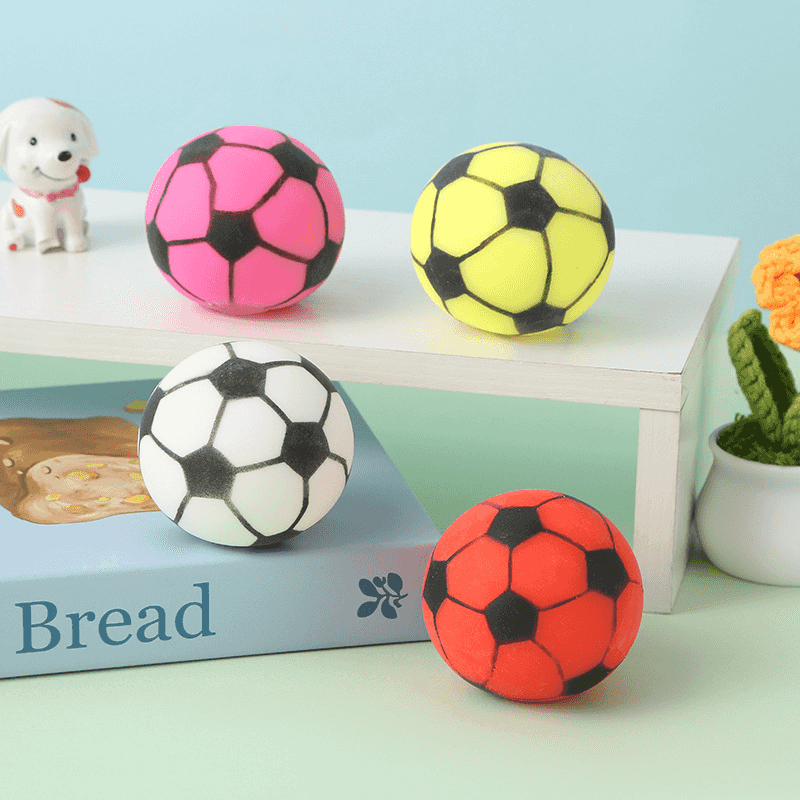
Squishy toys have become a popular way to relieve stress, improve focus, and provide tactile entertainment for both children and adults. Among the different types available, Sand Filled Squishy Toys and traditional foam-based alternatives are two common options. Each offers a unique feel and experience, and understanding the differences can help buyers choose the right type for their needs.
Texture and Squeeze Experience
One of the most noticeable differences between Sand Filled Squishy Toys and foam alternatives is their texture and response to pressure. Sand-filled toys typically have a heavier, more malleable feel. When squeezed, the sand shifts and redistributes inside the toy, creating a slow, satisfying deformation. Foam alternatives, on the other hand, tend to be lighter and spring back more quickly after being pressed. This difference in squeeze experience can influence user preference depending on whether a slower, more controlled response or a bouncier feel is desired.
Durability and Lifespan
Durability is another key factor to consider. Sand Filled Squishy Toys are generally more resistant to permanent deformation, as the sand inside helps maintain the toy's shape over repeated use. Foam alternatives can sometimes develop dents or lose their elasticity after extended squeezing. However, sand-filled toys are more susceptible to punctures or leaks, while foam toys may resist tears better. Proper handling and choosing toys with reinforced exteriors can help mitigate these risks for both types.
Weight and Portability
Weight differences also play a role in daily use. Sand Filled Squishy Toys are typically heavier than foam versions, making them feel more substantial in hand. This weight can enhance the tactile satisfaction of squeezing but may make them less convenient to carry around for children or travelers. Foam alternatives are lightweight and easily portable, which can be a benefit for those who want a stress-relief tool that can fit in a bag or pocket.
Sensory and Therapeutic Benefits
Both types of toys provide sensory and stress-relief benefits, but the experience varies slightly. Sand-filled toys offer a more textured sensation due to the shifting particles, which can be particularly soothing for users who enjoy a slow, tactile experience. Foam alternatives provide a smoother, more uniform pressure that can appeal to those seeking a quicker bounce-back sensation. Depending on the intended use—relaxation, focus, or play—the choice between sand and foam may influence overall effectiveness.
Variety and Design Options
When it comes to design, both Sand Filled Squishy Toys and foam alternatives offer a wide variety of shapes, colors, and themes. However, the weight and texture of sand-filled toys may limit certain intricate designs that are easier to produce with foam. On the other hand, foam toys can be molded into complex shapes and detailed figures, making them visually appealing while still functional as a stress-relief tool.
Sand Filled Squishy Toys and foam alternatives each have unique advantages depending on what users are looking for. Sand-filled versions provide a slower, textured squeeze with a substantial feel, while foam toys offer a lighter, bouncier experience that can be more portable. Durability, weight, and sensory experience are key considerations when deciding between the two. By understanding these differences, buyers can select a squishy toy that fits their preferences, whether for stress relief, play, or therapeutic purposes. Both types offer enjoyable tactile experiences, but the choice ultimately depends on the desired texture, weight, and responsiveness.

